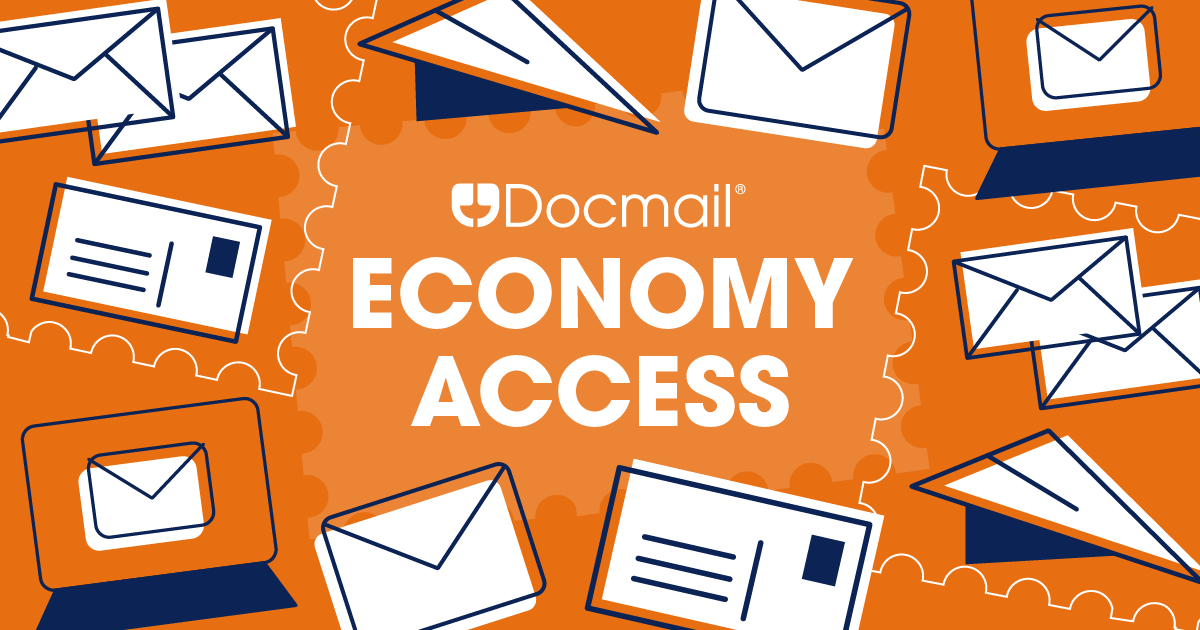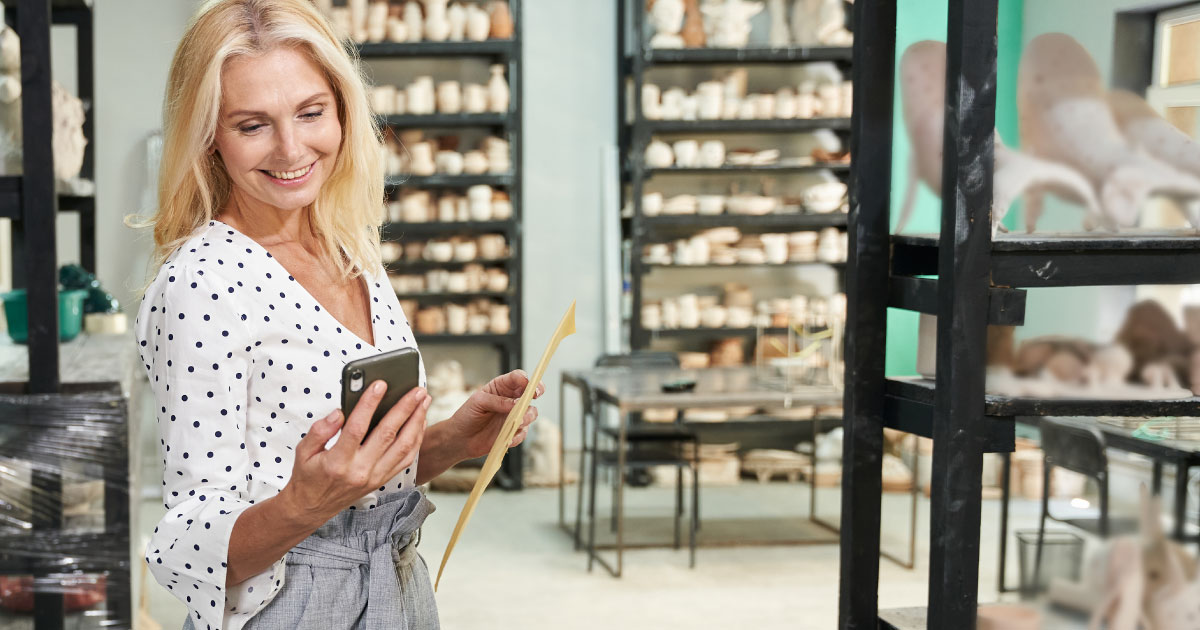Prior to the pandemic, in 2019, the UK was seeing a slow but steady growth in the number of employees who had adopted a hybrid working approach, with around 5% of the workforce reporting they mainly worked from home. However, Covid-19 fast-tracked this and 2020 saw the true birth of hybrid working. New studies from 2021 showed that 46.6% of people in employment participated in some form of remote or hybrid working, triggering a fundamental shift in how we approach modern-day working today.
Previously, it was commonly thought that the office was the ultimate base for productivity. It was the main place people communicated, where meetings were held and staff had the opportunity to collaborate on a daily basis. It was thought for employees to produce their ‘finest work’, they needed to be present in the office each day, away from their home environment.
But now, individuals are finding themselves creating their best work, and being more productive when working within a hybrid working environment.
Many find the office a great space to collaborate with colleagues, share ideas together and have the opportunity to speak to other departments within the business resulting in a broader understanding of what’s happening across the company. However, people have realised that this doesn’t need to happen on a daily basis. While it’s helpful for this to happen a few times a week, staff are finding that working from home in the days between to actually produce the work, in a space with little to no distractions, is more beneficial.
Working in the office 5 days a week can actually decrease productivity as there are many more opportunities for distraction, especially when chatting to colleagues, or attending endless meetings. So for many, working from home provides staff with the space to get some peace and quiet, be alone with their thoughts and get the work done.
83% of workers in a recent Accenture survey on the future of work said they felt a hybrid work model would be optimal going forward.
A Mercer study in May 2021, found that 70% of companies said they were planning to adopt the hybrid model. Many companies have already made the switch, including prominent brands such as Adobe, Salesforce, Spotify, and Twitter.
What are people willing to give up in exchange for long-term flexibility? 56% of people in the Sungard AS survey said they would take less money for the ability to work from any location.
The Sungard AS Survey also found that nearly four in five remote workers (78%) believe they would be most productive if they could choose to work remotely or in an office as needed.
It seems that while hybrid working locations have been heavily adopted, so has the model of hybrid hours, which finds staff not only working remotely and in the office, as needed, but also working hours outside of the common 9 to 5, 5-day working week. Be it telecommuting, part-time roles, flexible scheduling, and freelance jobs, at the core of flexible work is the greater freedom it offers to individuals over when, where, or how to fulfill their tasks.
Demand for flexible working is rising, with over 8.7 million full-time workers saying they want to work flexibly. This flexibility of hours enables staff to accommodate their work life balance more easily, be it for childcare, to attend events, cover illness or just general life admin, resulting in the standard model of the Monday to Friday, 9 to 5 job being re-written.
Because the way we work is evolving, so to has the need for communication solutions to also evolve, resulting in the birth of hybrid communications.
Hybrid communication solutions are paramount in order for hybrid workers to be able to continue communicating with their customers seamlessly, no matter their working location, or the time of day that they’re working.
The past 2 years has also shown many companies that communicating virtually is a lot more convenient than expected, and can save time and money on travel, accommodation and venues as the use of Zoom or Microsoft teams enables staff to come together easily and safely online.
This combined with other communication tools like Hybrid Mail to send physical communications and digital solutions like email and online document hubs has made communication more accessible than ever. These types of solutions are being adopted at a rapid pace and are changing the way in which organisations communicate with their clients.
Hybrid mail is a solution that enables staff to effectively and efficiently send their important postal communications to their customer’s doormats, directly from their PC, any time, from anywhere.
In just a few clicks personalised letters, postcards, greetings cards, statements, A3 folded sheets and inserts can be sent to hundreds or thousands of people directly from their computer. Not only saving time and money but also offering hybrid workers the facility to send documents without having to manually do the process.
Before the pandemic employees could find themselves bound to the office to send postal communications because they would need a printer to print the documents, envelopes to enclose them in, stamps to be placed on them and then finally for them to be taken to the post office. With Hybrid Mail, this whole process is digitalised, meaning employees don’t have to leave their seats to acquire the same (if not better) results.
Hybrid Mail offers a huge advantage in the fact that it is fulfilled using only a computer, giving hybrid workers full flexibility to be able to use it anywhere. As long as you have a laptop and an internet connection, workers can use hybrid mail from home, in coffee shops, in the office and even on the train.
Solutions like Docmail Hybrid Mail allow companies to set up additional users under the one main account. Providing each employee with their own login, offering the benefit of security, but also ensuring that the orders fall into the one main account. This is beneficial as it allows businesses to manage all of their communication requirements, spend and budgets within one account - all from their computer, no matter their location.
Docmail also provides users with the option to schedule mailings up to 28 days in advance of their dispatch date, giving companies the opportunity to manage their communications as well as reduce the time spent on creating them.
It is without a doubt that COVID-19 has catapulted the working world into change, something that many will agree has been much needed for a long time. This new approach to working anywhere at (almost) anytime is proving to increase employee productivity and job satisfaction. With 73% of employees saying flexible work arrangements increased their satisfaction at work and 77% of employees saying that flexible work arrangements are a major consideration when evaluating future job opportunities.
Adopting solutions like Hybrid Mail only make this process even easier for hybrid workers, allowing traditional forms of communication to be carried out digitally. This combined with electronic forms, including video calls, emails and social media means that building closer relationships with your customers has never been easier.
Find out more about Docmail Hybrid Mail and how we can help you communicate everywhere HERE.


Structured Credit Communications For Leading Agri-Food Organisation
Surrey County Council Sought to Optimize Print/Post Services Across Departments. We Helped Transform Their Services With Our Industry Expertise.
The block management software providers at Blocks Online experienced considerable growth upon integrating a reliable mailing method and API connection.
Keen to adopt a more efficient way of printing, packing and posting their time-sensitive paper communications, High Mill has embraced the Docmail Print Driver.
Simplified Patient Communication For Lung Health Check Programme






Fife-based Electricity Asset Services, specializing in electrical and civil engineering, employs CFH's Docmail system for improved communication with Scottish Power and staff.















